Eastern State Penitentiary was the largest building in America when it opened in 1829. Its grounds still cover a dozen acres; its 30-foot-high walls extend for nearly a mile. It was America’s first penitentiary. Designed to inspire penitence in the heart of convicts, Some of America’s most notorious criminals were held in Eastern’s cells. When gangster Al Capone found himself in front of a judge for the first time in 1929, he was sentenced to one year in prison. He spent most of that sentence in relative comfort at Eastern State, where he was allowed to furnish his cell with antiques, rugs, and oil paintings. Bank robber Willie Sutton joined eleven other men in a doomed 1945 tunnel escape. By the 1960’s, the aged prison was in need of costly repairs. The Commonwealth closed the facility in 1971, 142 years after it admitted Charles Williams, Prisoner Number One. The City of Philadelphia purchased the site in 1980, intending to reuse or develop it. In 1988, with the prison site threatened with inappropriate reuse proposals, the Eastern State Penitentiary Task Force successfully petitioned Mayor Wilson Goode to halt redevelopment. The Pennsylvania Prison Society opened the Penitentiary for the first season of regular guided interpretative tours in 1994.
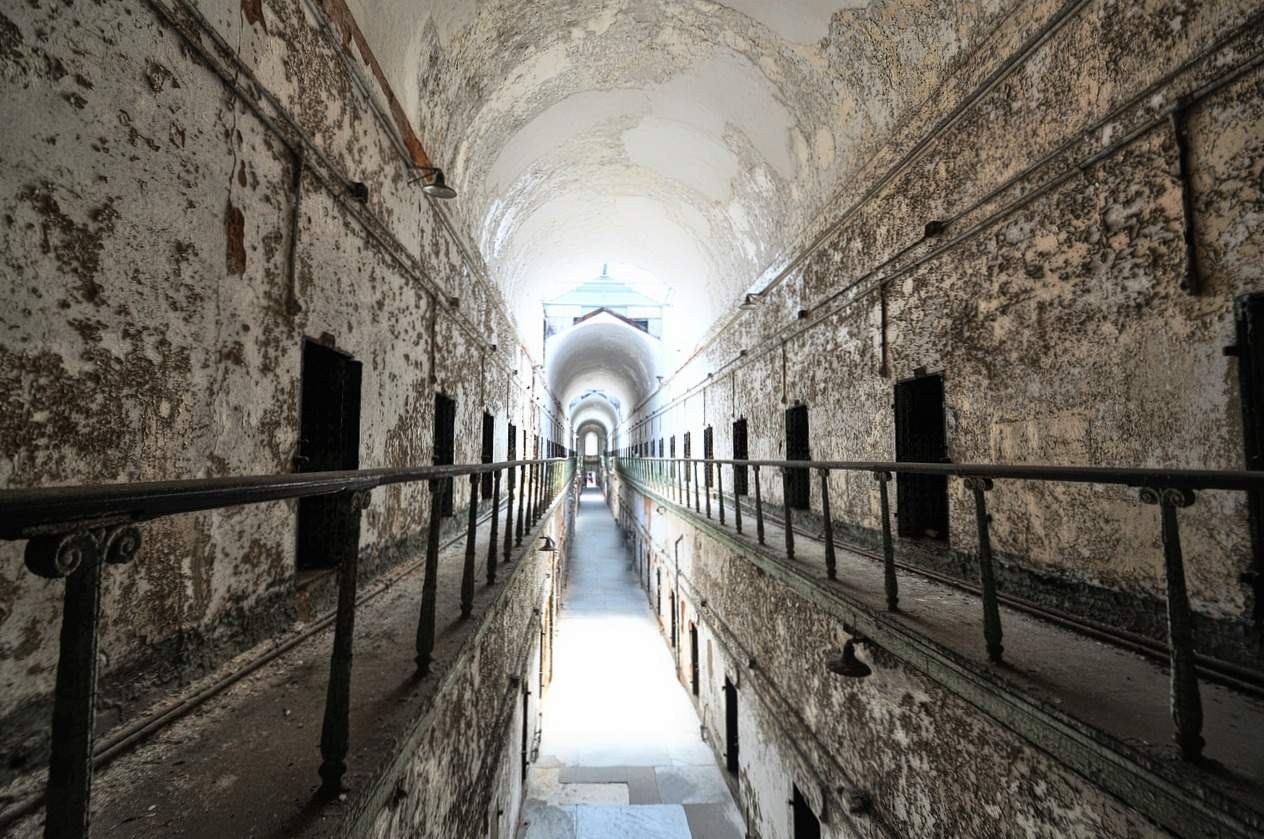
Cell ward
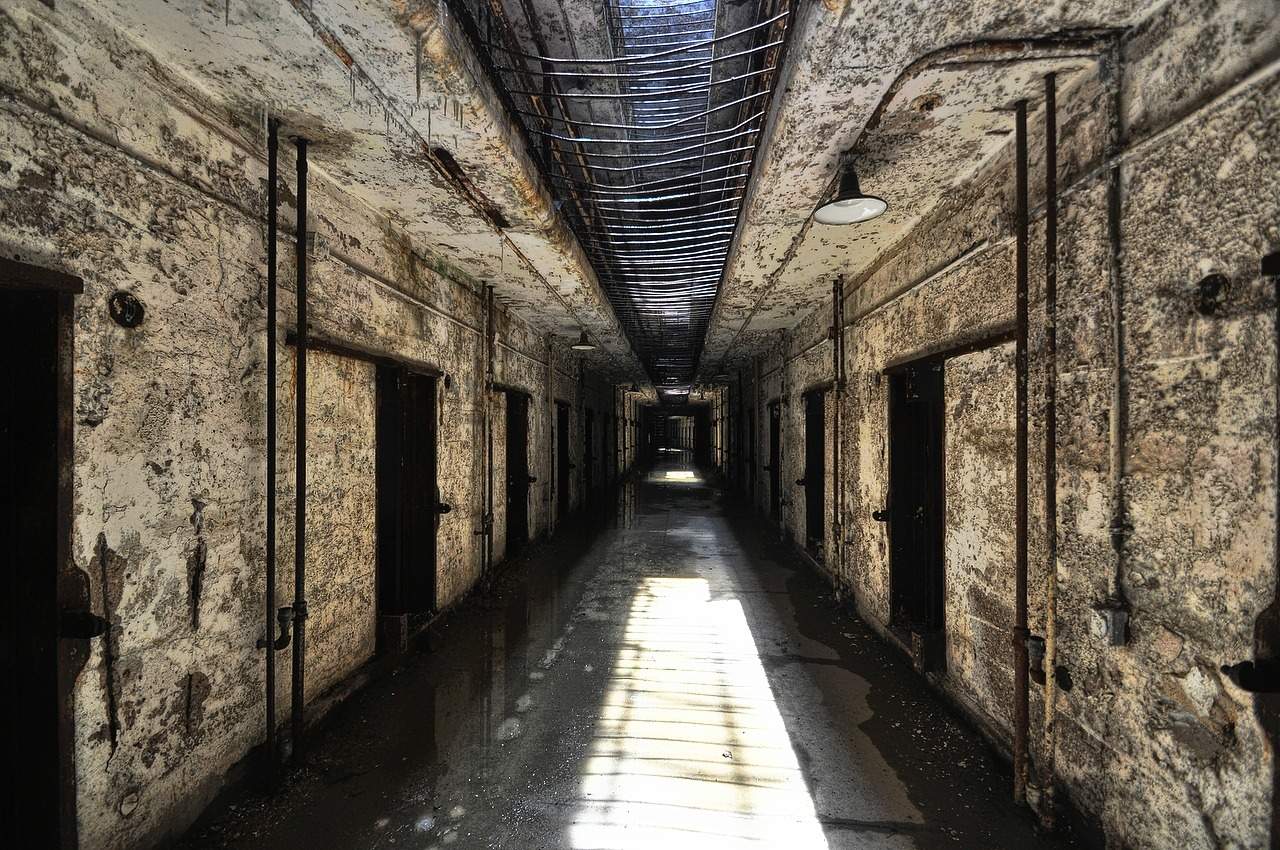
Bottom floor
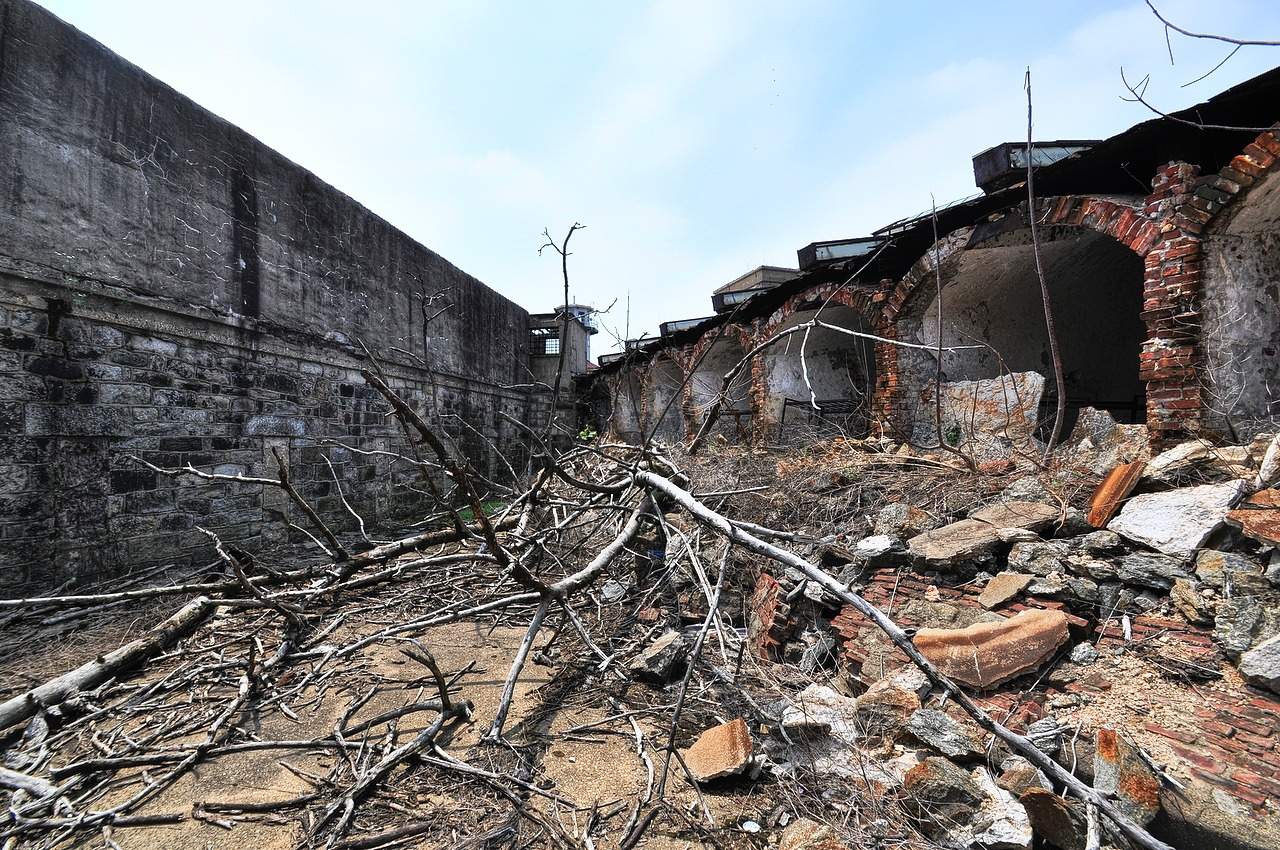
Death Row Yard with Cell Block 11 decay
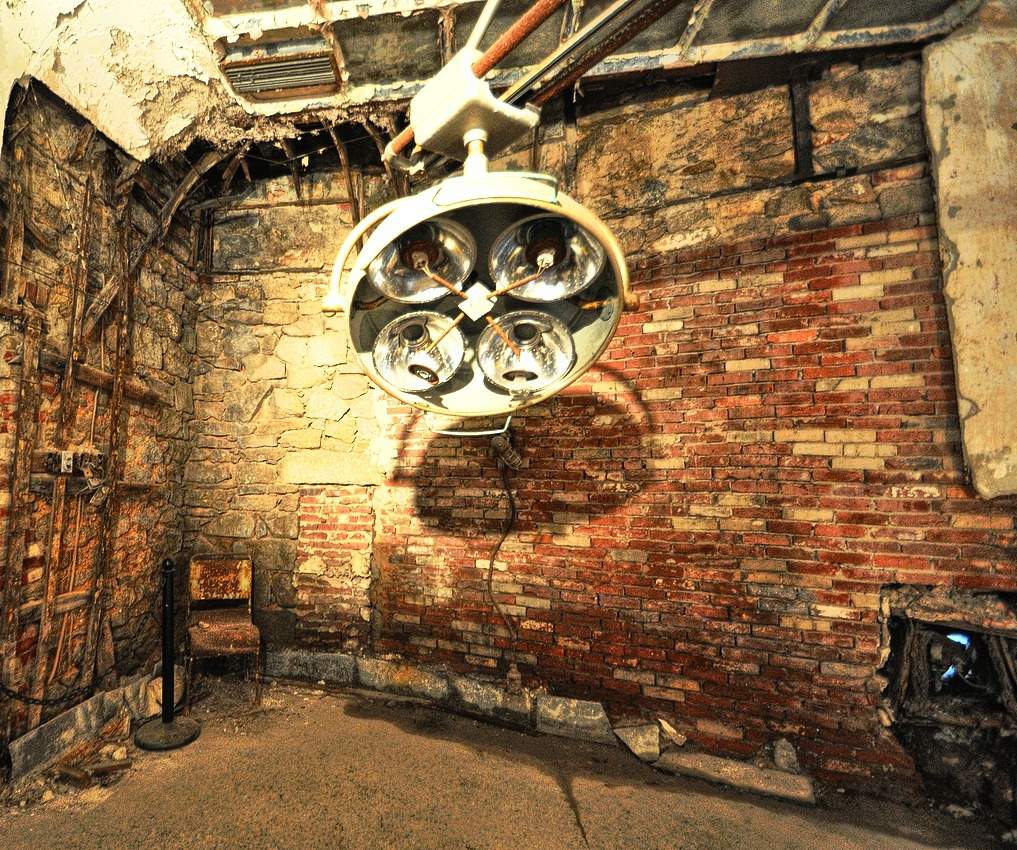
Operating Room
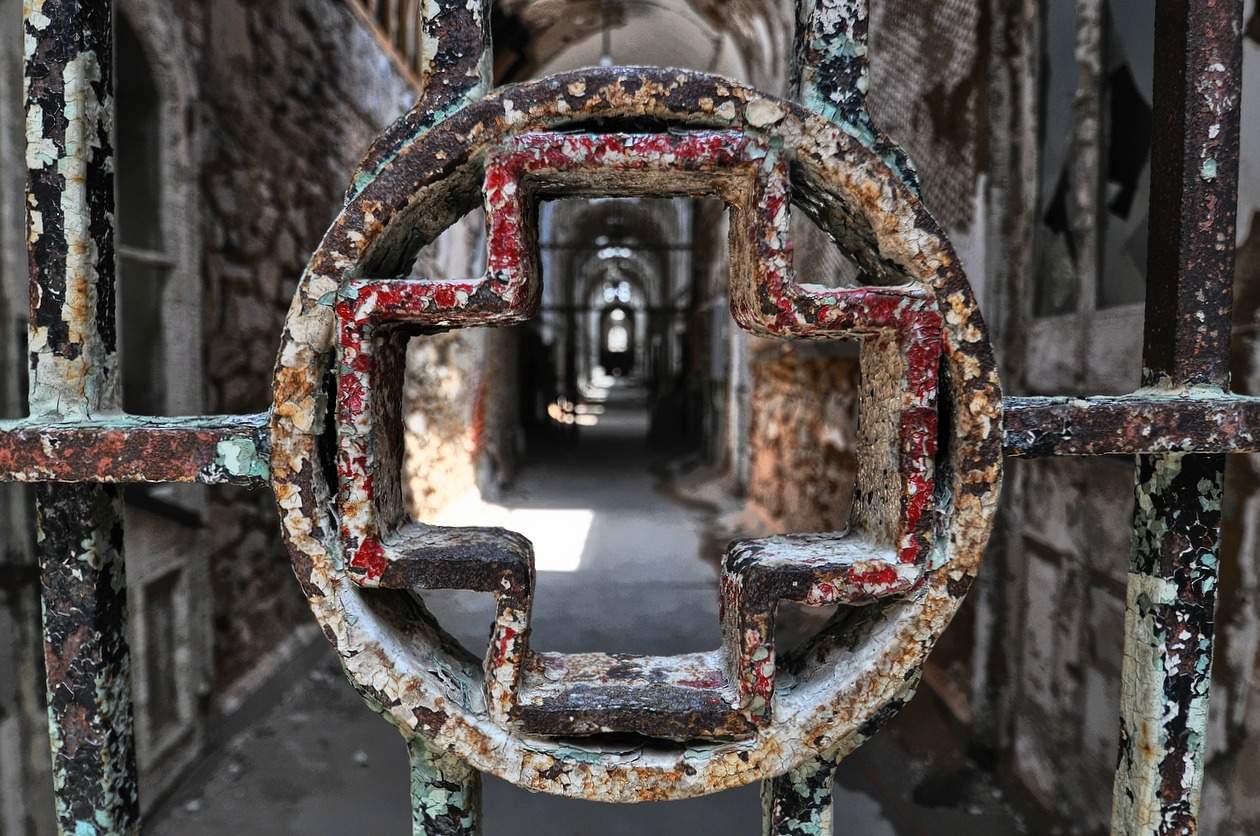
Medical Ward
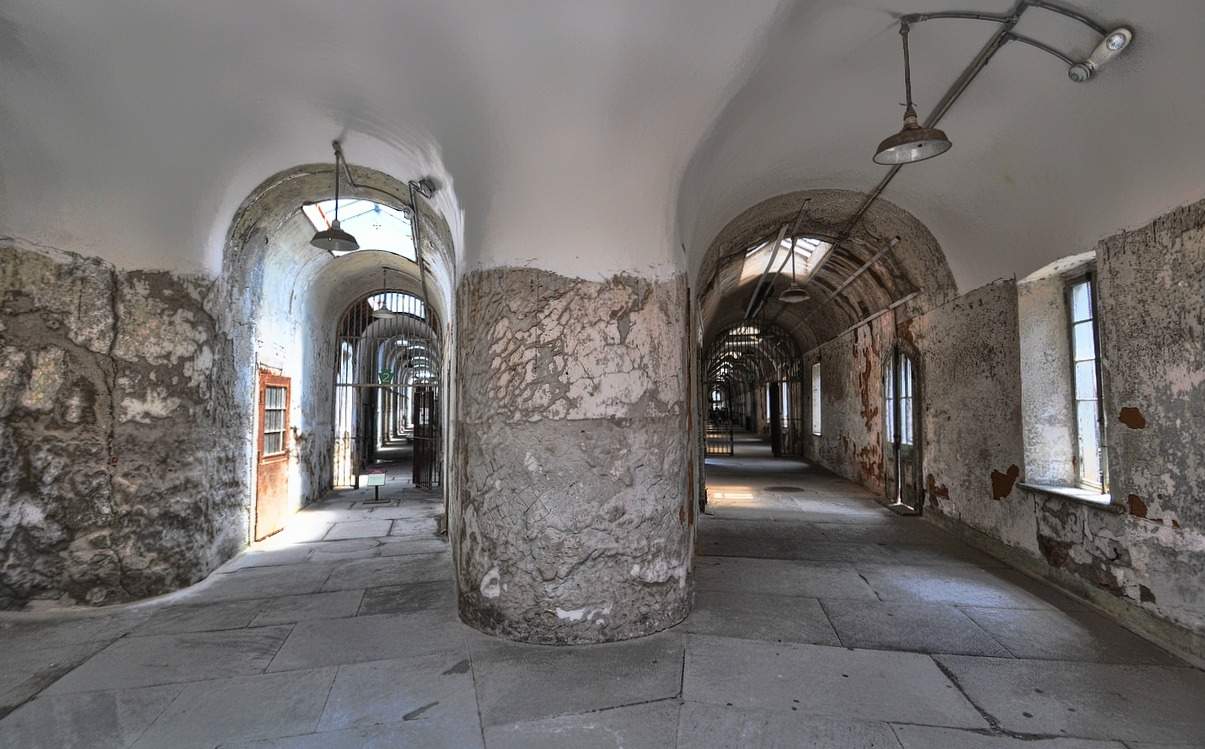
Split hallway
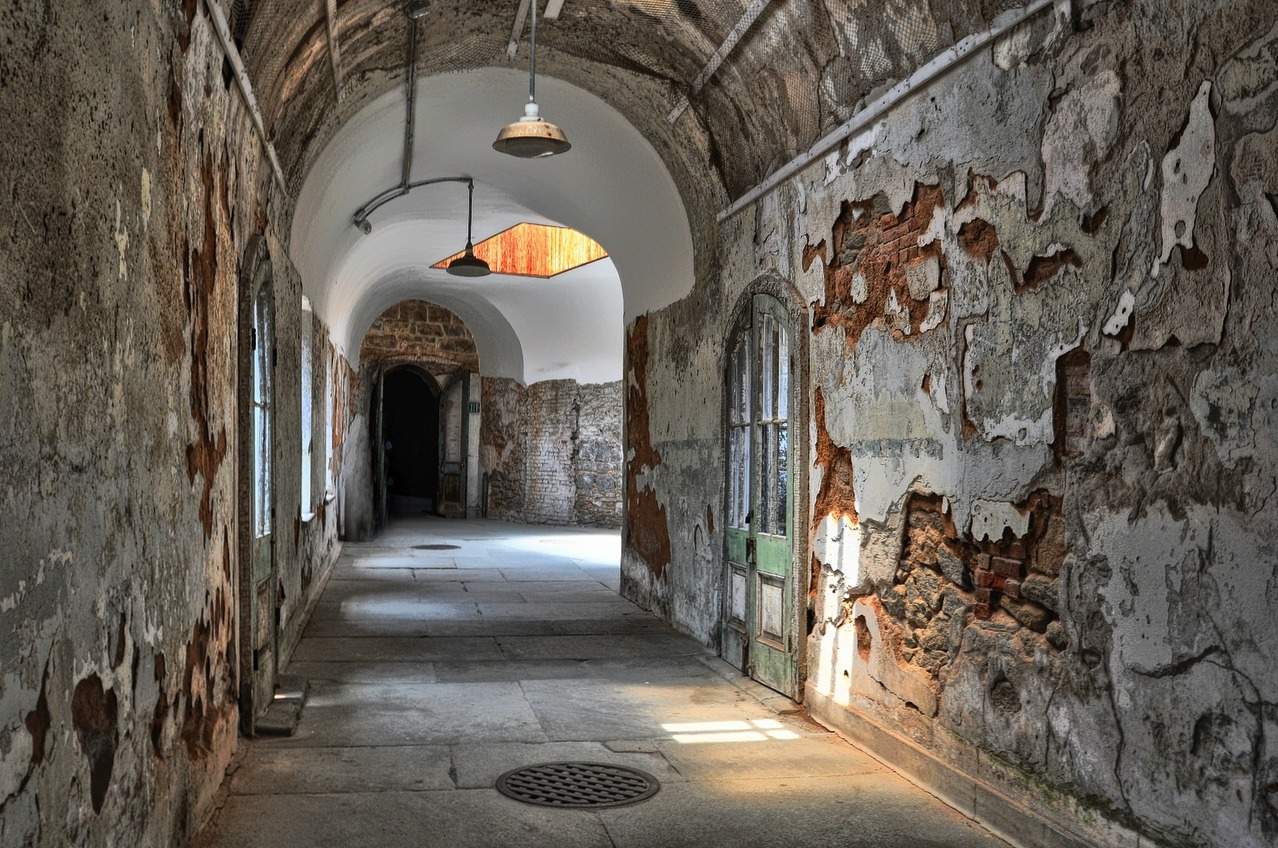
Hallway of Decay
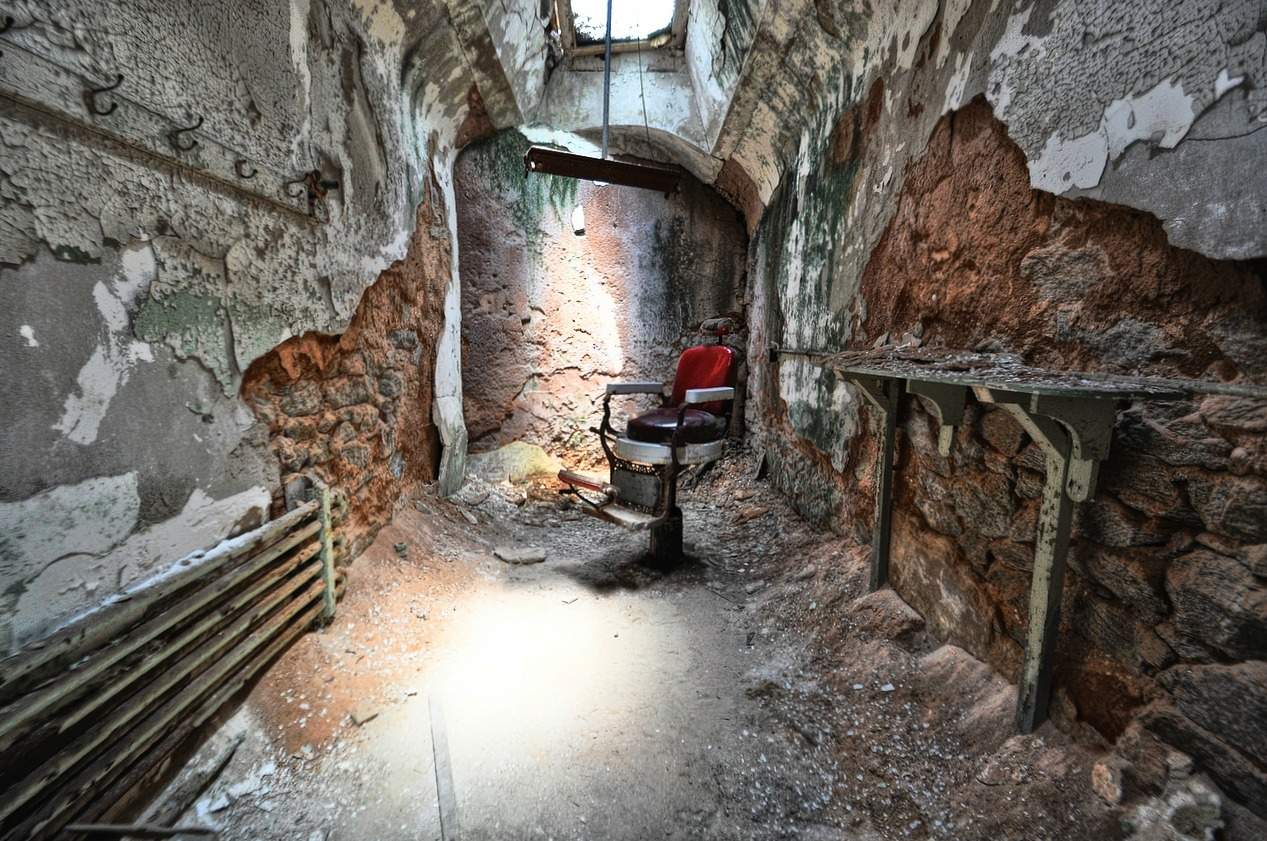
The Chair
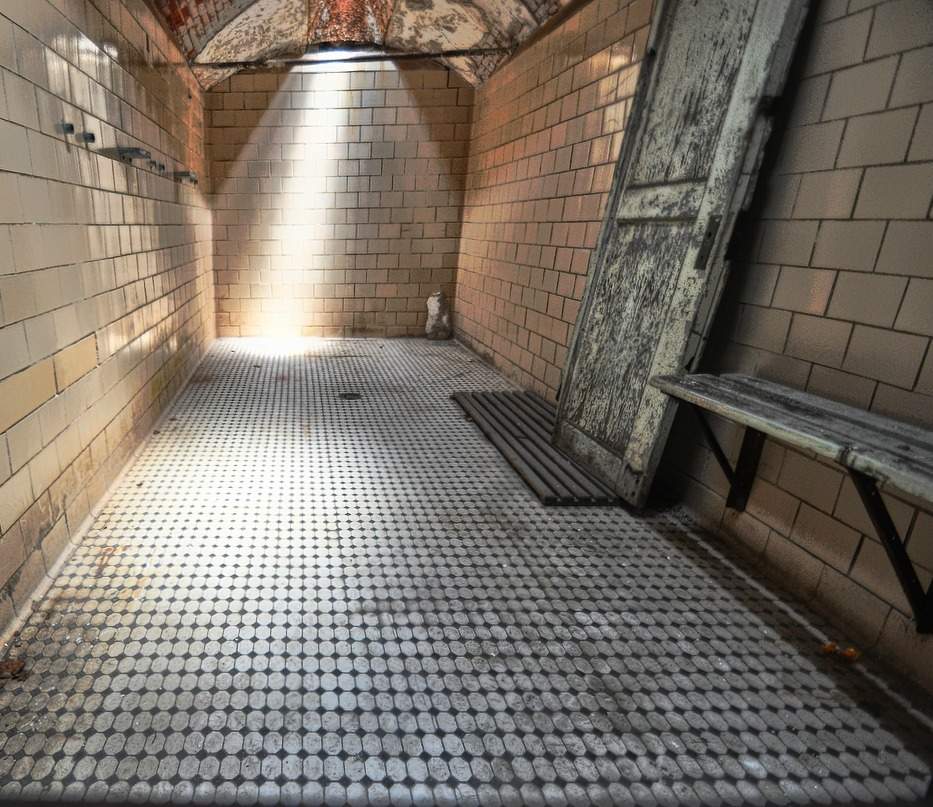
Bathroom
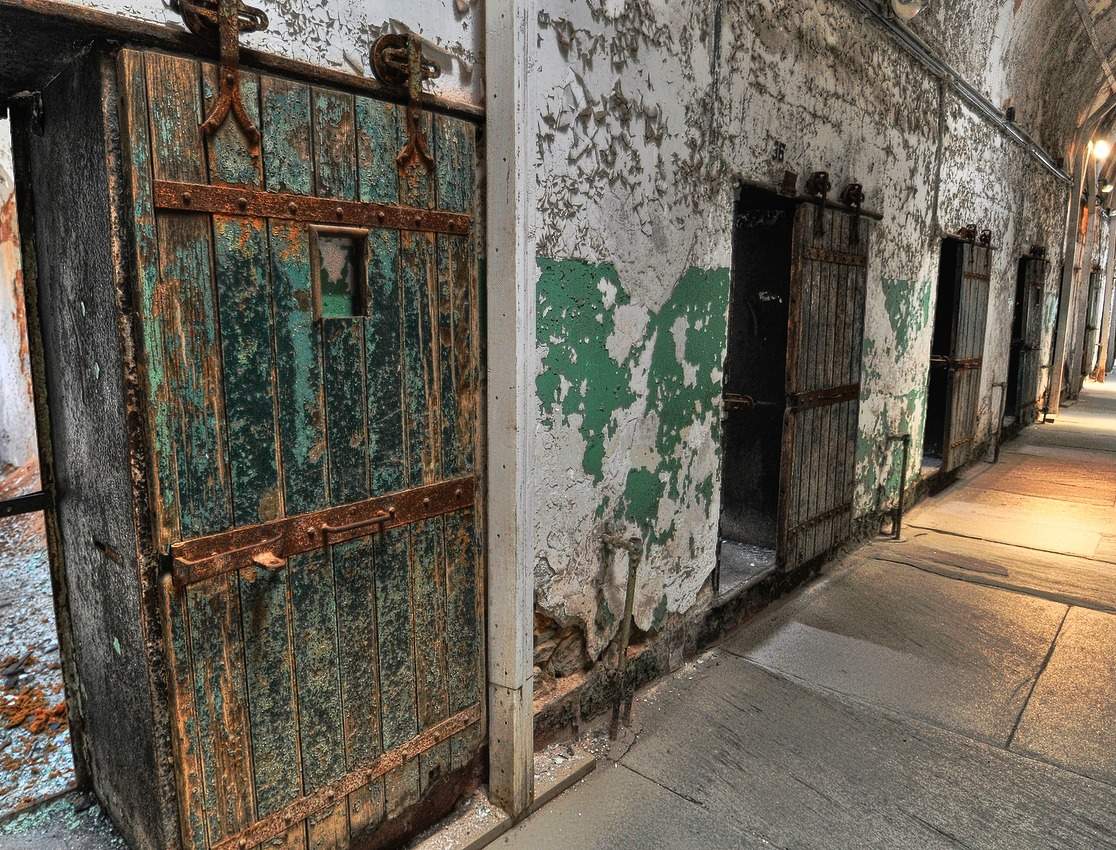
Wooden cell doors
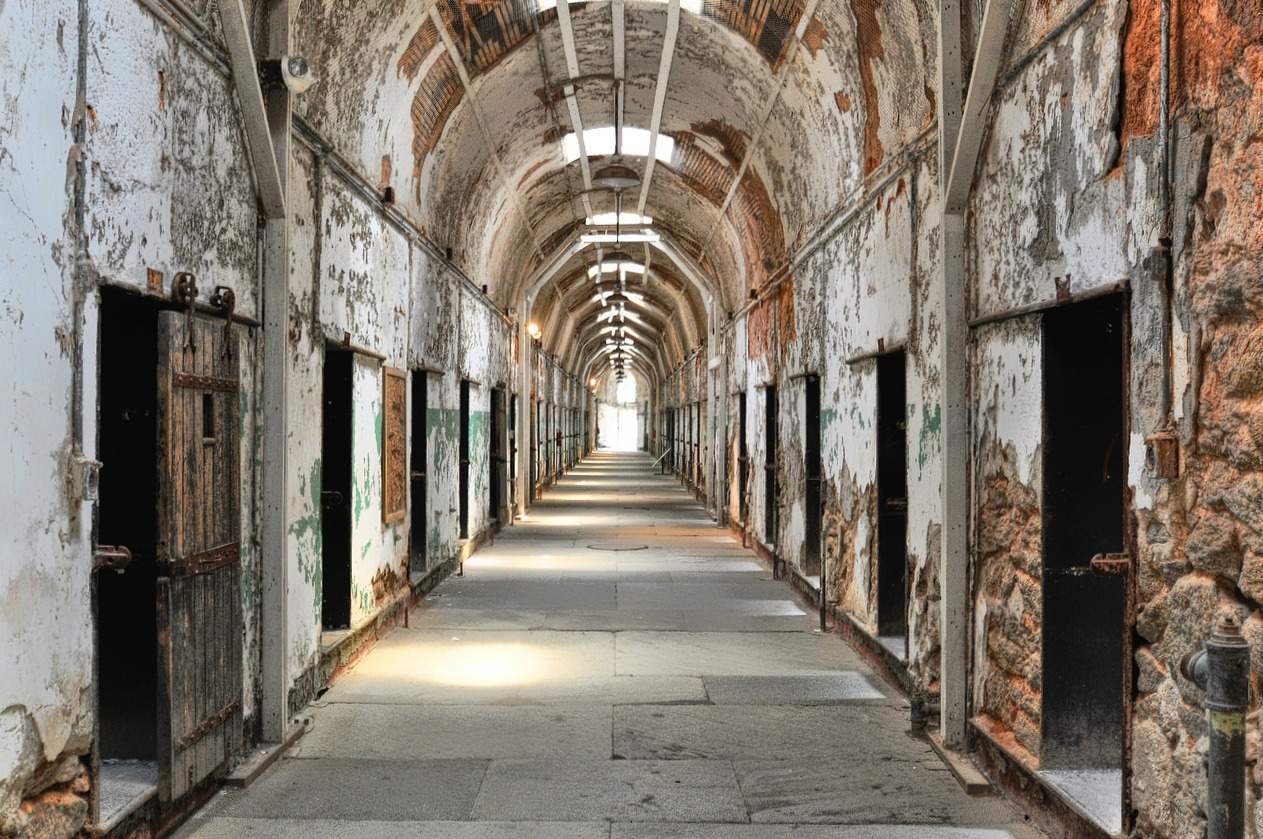
Cell ward
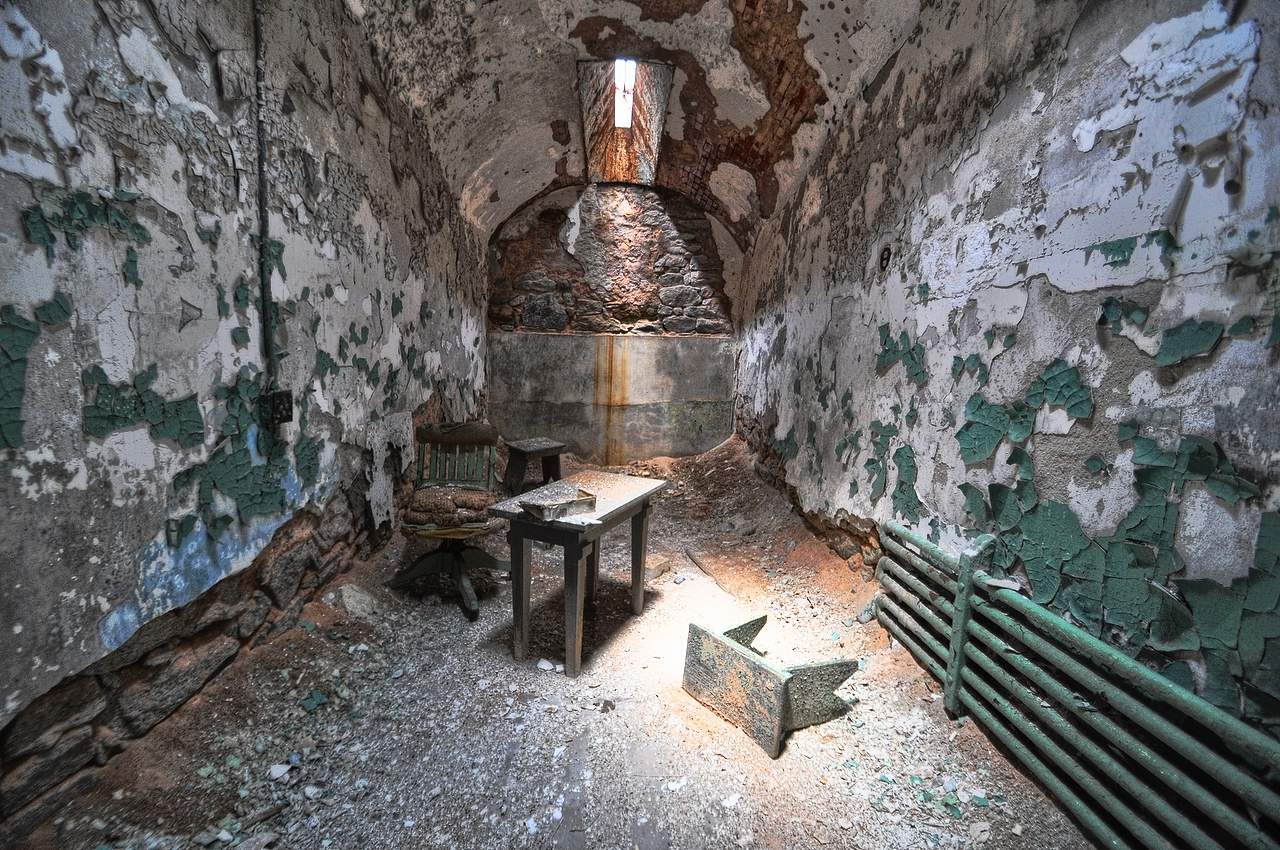
Cell
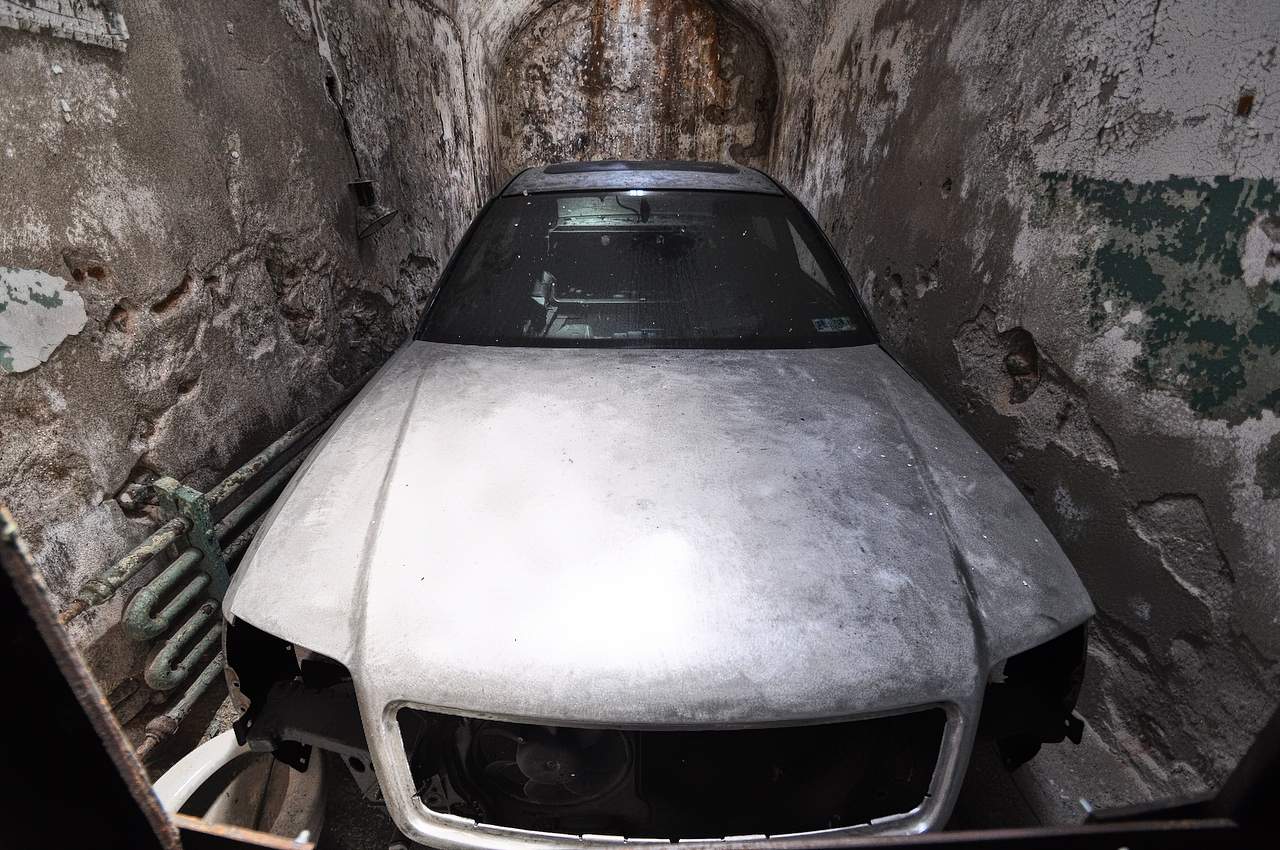
Artist installation
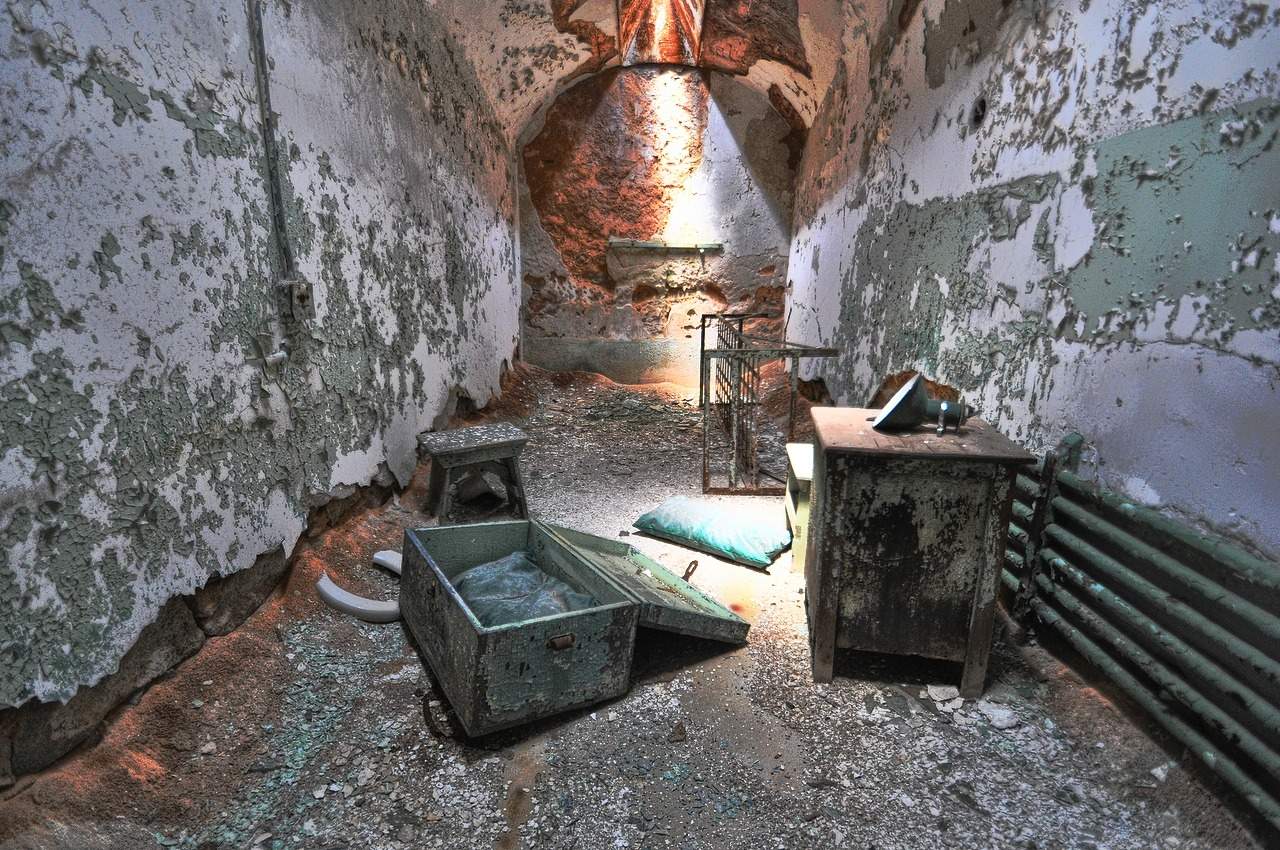
Cell
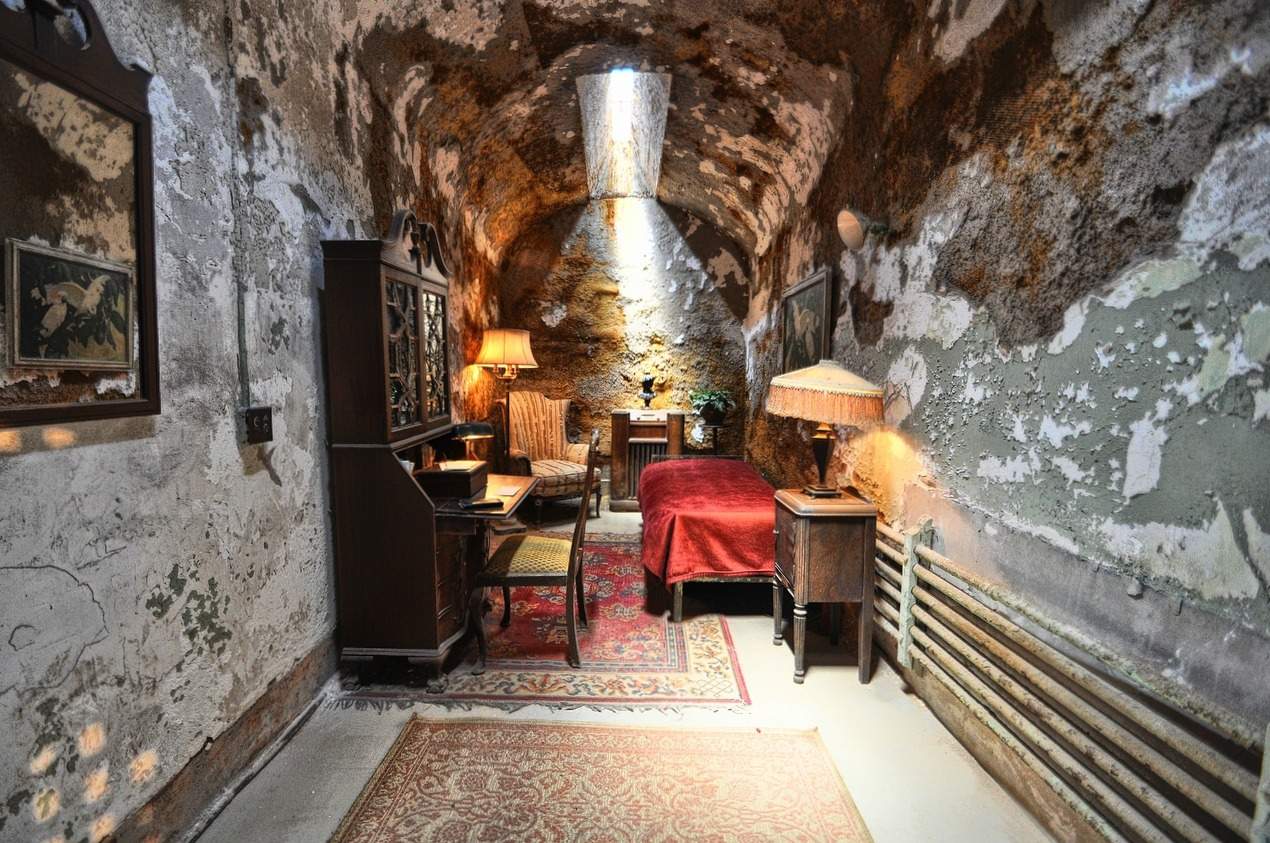
Al’s Cell
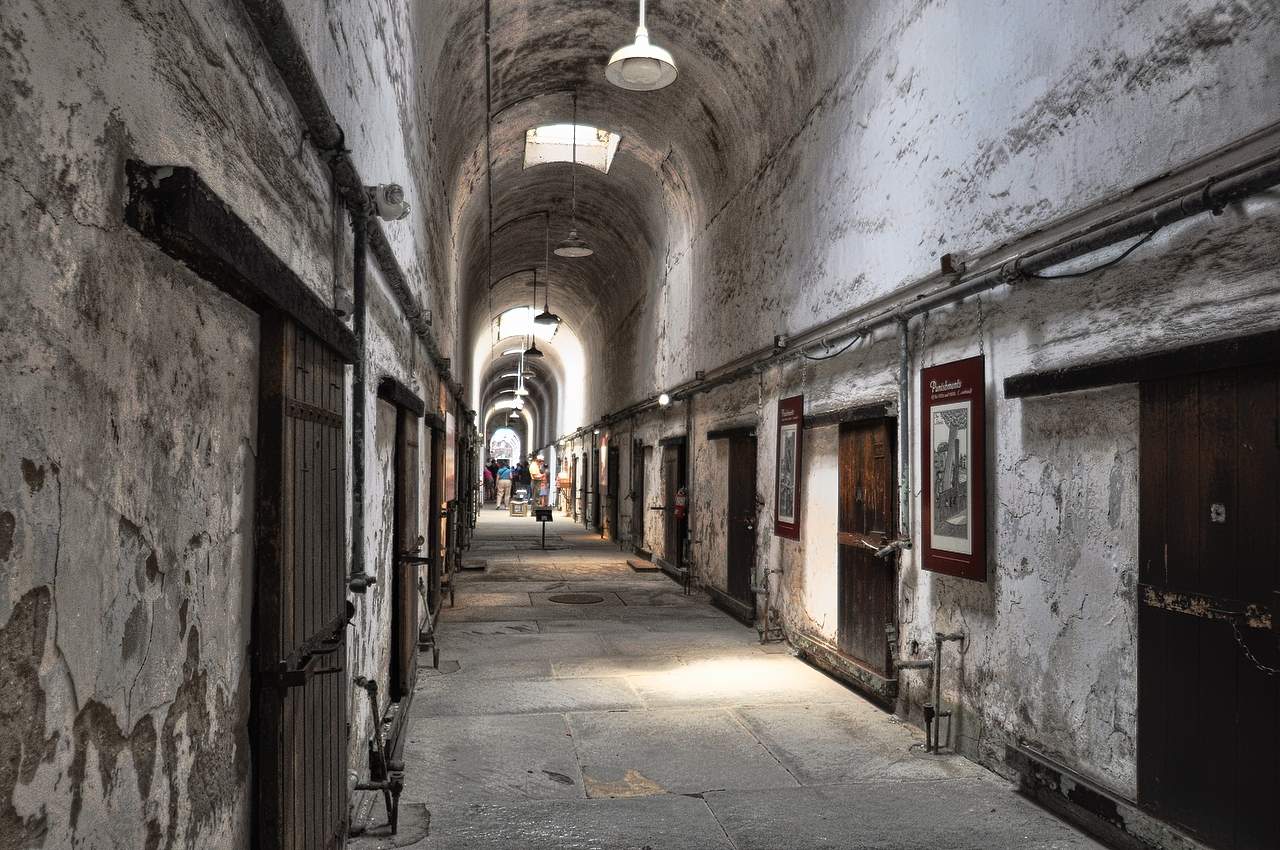
Cell Blocks
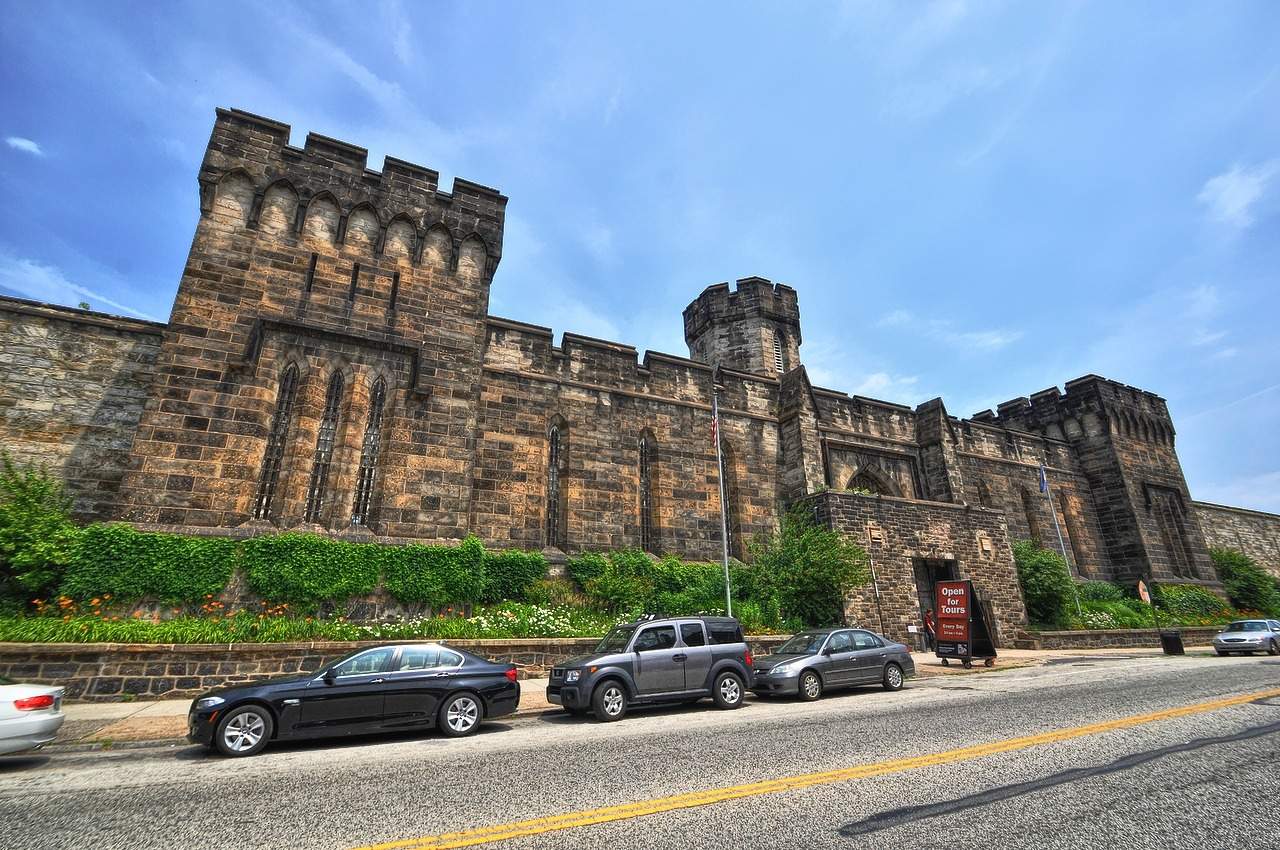
Entrance
credit: Forsaken Fotos

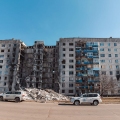 Daily Reality in Eastern Ukraine
Daily Reality in Eastern Ukraine Visiting California State Capito...
Visiting California State Capito...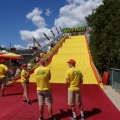 Wisconsin State Fair 2016
Wisconsin State Fair 2016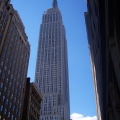 The Empire State Building in New...
The Empire State Building in New... Duro Canyon State Park
Duro Canyon State Park Mystical Landscapes on Board of ...
Mystical Landscapes on Board of ...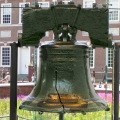 How Did the Liberty Bell Crack
How Did the Liberty Bell Crack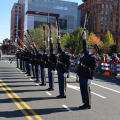 Philadelphia Veterans Day Parade...
Philadelphia Veterans Day Parade...


